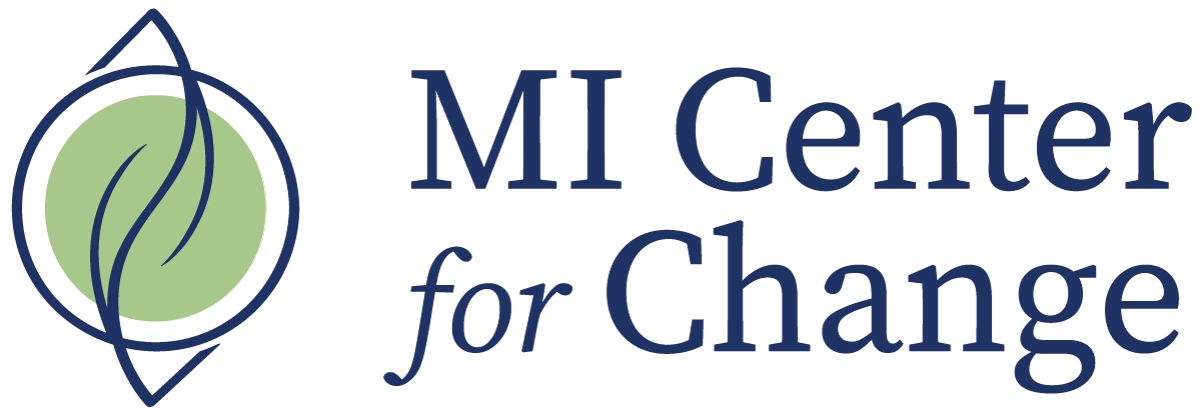What do Goldilocks and Motivational Interviewing have in common?

I had a training participant ask me, “When is confrontation appropriate? What about when a client is clearly in denial/stuck/not changing?”
This is a very good question, the answer to which involves Goldilocks and the Three Bears.
I’ll get to Goldilocks.
First, I’ll share this. A client once taught me the Latin root of the word “confront.” ‘Front’ meaning face, and con being “with.” To be faced with. To bring face to face.
Isn’t this what we are doing as we are guiding clients toward change?
Sometimes it’s about helping them to come face to face with what IS in
order to see the need for change.
So is there a place for confrontation within Motivational Interviewing? In short, yes.
We can confront a client without being confrontational.
This is where the concept of “developing discrepancy” comes in. Bill Miller (co-creator of MI) defines this as the discrepancy between present and desired states. The difference between what is happening right now, and what it is I am wanting/needing/desiring. When this discrepancy is pointed out with a client, it’s uncomfortable, and fuel for motivation for change.
We want present and desired states to come into alignment.
So finally, to Goldilocks and the Three Bears.
Bill Miller points out that when we are developing discrepancies with clients, there is such a thing as “too little,” “too much,” and “just right.”
In the story, Goldilocks sits first in the little baby bear’s chair and says, “This one is too small!” Then, she tries papa’s chair, “This one is too big!” Then, she tries Mama’s chair. “This one is JUST RIGHT!”
Think about it. If the discrepancy (difference) between what a client is doing and what they WANT to be doing is too big, what happens? “This chair is too big!” The change is too daunting. Feels unattainable. So…Shut down. Collapse. Avoidance. Stuckness remains.
If the discrepancy is too small, “Why bother? It doesn’t seem important enough to prompt action.” Stuckness remains.
We are looking for the “just right” discrepancy. (Or, the “just right” amount of confrontation/ ‘to bring face to face’ without being confrontational).
We are seeking that sweet spot where the client’s desired change feels possible, and their sense of self-efficacy & confidence is enough to help fuel that change. We may need to downgrade the change (too big to just right), or increase the importance of the change (too small to just right). We also may need to work to increase their confidence in their ability to change. That’s another topic entirely!
Motivational Interviewing Tip: Motivational Interviewing reminds us of the importance of developing discrepancy from the spirit of curiosity, compassion, & evocation. If your client is struggling with seeing the need for change, how can you reflect to the client the difference between their present state (what is) and their desired state? We are supporting our clients in coming ‘face to face’ with what they want, what is, and how to get to bring them more in alignment with their values, goals and needs.
Related Posts

Listen Up! Free audio resources for MI
Y’all! Did you know there are now a bunch of podcasts on Motivational Interviewing?The explosion of podcasts has been hard to keep up with. Sometimes I go into deep dives into my favorite podcasts.Other times, I remember to listen to music, or be in silence and let my...
Related Posts

Just what is the relationship between Stages of Change & Motivational Interviewing
Many people confuse the Stages of Change with Motivational Interviewing. They aren’t the same thing, but they work super nicely together. (Fun fact, they both came out around the same time in the early 1980’s!)The Stages of Change, also called the transtheoretical...

Let’s Learn Together!
Hi, I’m Hillary Bolter. At MI Center for Change, Motivational Interviewing is our passion. Motivational Interviewing will help you become more effective and efficient as you support clients’ change!

